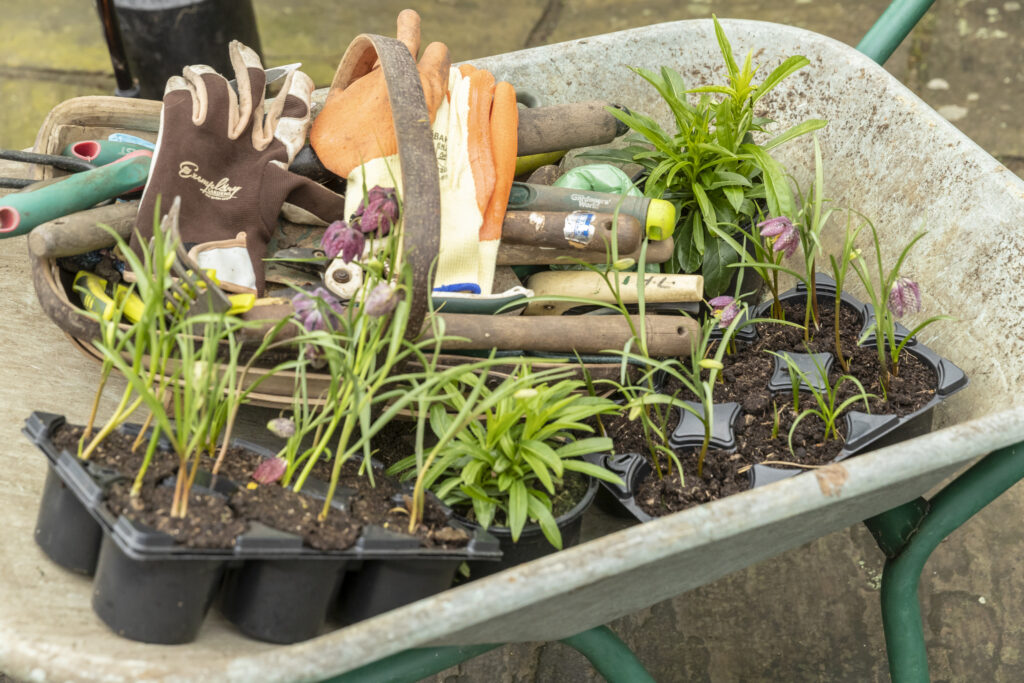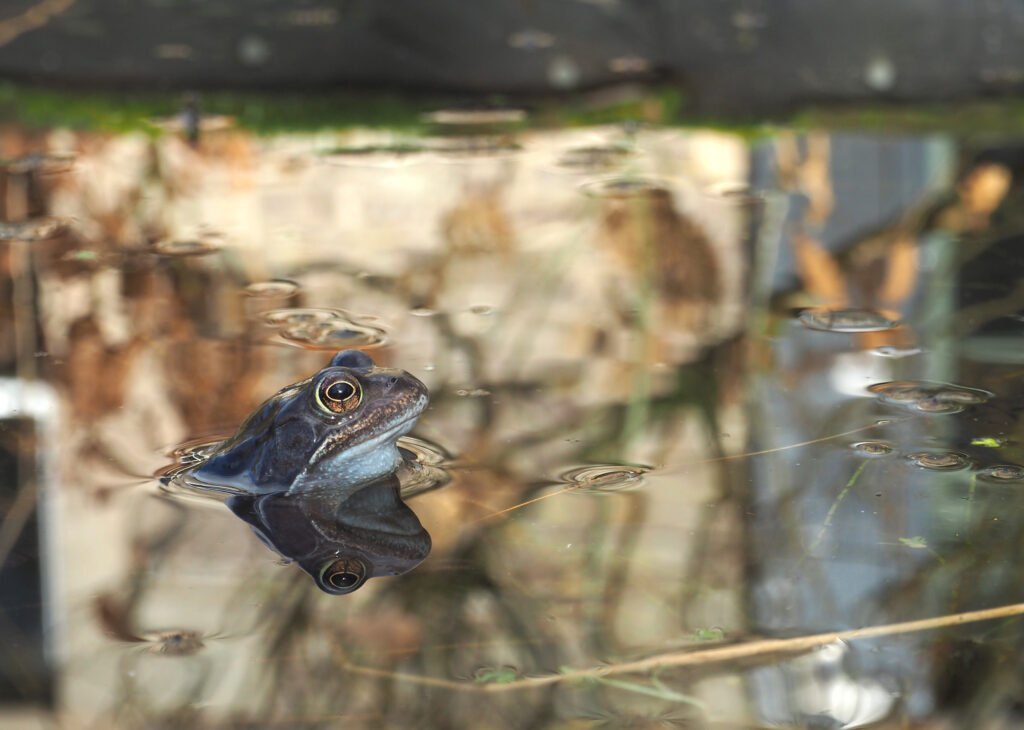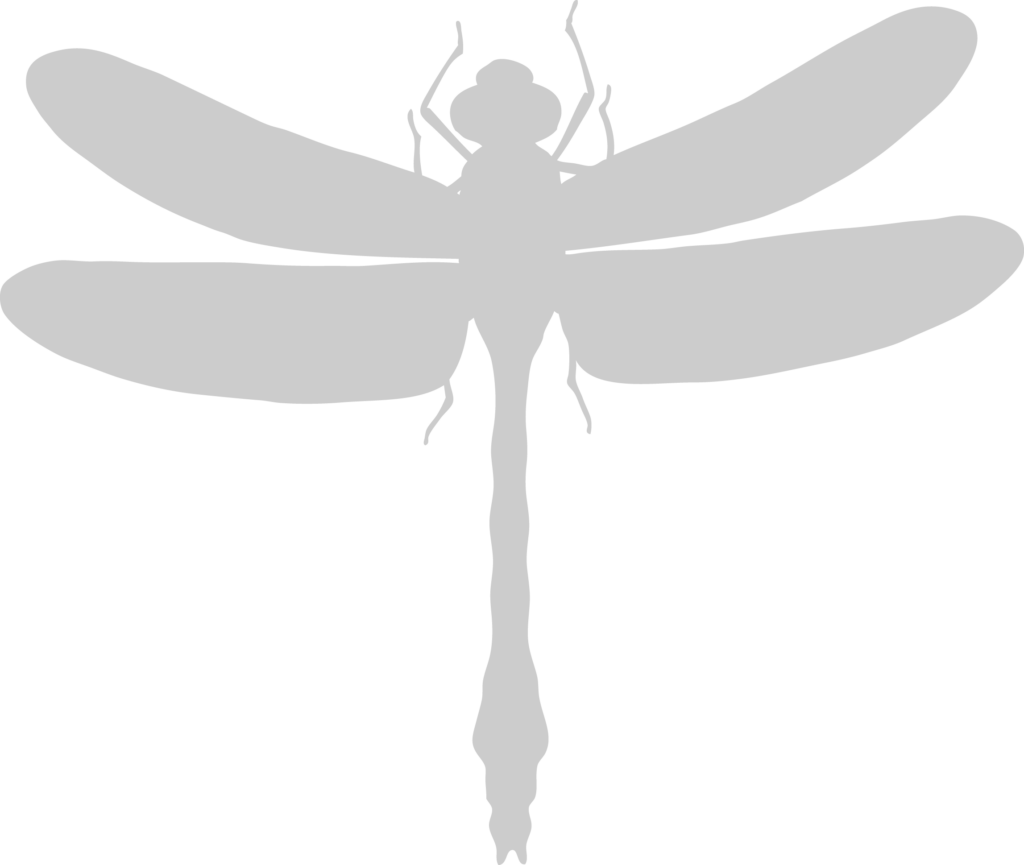Ponds are oases of biodiversity, attracting a huge range of species from dragonflies and water boatmen to frogs and small mammals.
Things to consider…
- Location – ideally a pond should be in an area where it gets some sunlight but with areas of shade. This helps create light areas for plants to grow as well as shady areas for some of the more secretive insect species. Also consider if there are any trees nearby. Lots of leaves falling or blowing into the pond can cause issues in the autumn and will need scooping out. A few leaves are okay and can help to create a layer of debris for wildlife to hide in at the bottom of the pond.
- Pond liner – the best type of soil for a pond is clay. Clay retains water well although can be hard to dig out! If you don’t have clay soil, you may need to consider a pond liner or a pre-formed pond to place.
- Size – big ponds can be home to lots of wildlife, but they also require more work to look after. Smaller ponds can still attract a huge amount of wildlife and can adapt to fit the space you have available.
- Safety – It’s vitally important to remember that ponds are not without risks, especially to children. Young children must always be supervised near ponds, especially those under the age of six. If your pond is being built in a community space, consider putting a fence around it or even better, a native hedge. Alternatively, a large wire grid over the pond can help to ensure that accidents are prevented. Be sure to avoid a fine mesh as wildlife can get caught if the holes are too small.
- Water supply – It’s useful to consider where you will get your water supply from. When filling a pond, rainwater is the best option. Use water from a water butt if you need to top up your pond . Alternatively, let it fill naturally when it rains! Tap water can contain high levels of nitrogen and phosphorous which can prevent pond plants growing and encourage pondweed to take over so is best avoided.
- Water level – Don’t worry if the water level in your pond varies in different seasons. Most wildlife in ponds has adapted to varying water levels. In warmer weather you might notice the water level drop a bit. If it looks very low, you can top it up with rainwater.
- Depth – A good wildlife pond has a variety of depths. Most wildlife can be found in less than 5cm of water. Aim to have both shallow and deep sections of water. Shallow water and muddy areas provide valuable habitat for lots of insect species to lay their eggs in.
- Shape – Wildlife isn’t too worried about straight lines and nice shapes! This means you can fit the shape of your pond to the space you have available. Irregular shapes can help to make a pond look more natural. They also help to provide more space on the pond edges which creates more habitat.
- Features – You can add some underwater habitat by adding stones or branches. These help to create microhabitats for insects to hide away. A few areas that stick out of the water are also great for creating perches. These are helpful for bees, butterflies and birds to rest and have a drink. In bigger ponds, large islands can attract ducks. While ducks are characterful creatures, they can reduce the biodiversity in a wildlife pond.
- Sharing isn’t caring! – When it comes to ponds, sharing isn’t caring. Moving wildlife between ponds can transfer harmful diseases and bacteria. Avoid bringing in pond life from other ponds. Wildlife will find its way into your pond in its own time!
- Maintenance – Ponds can take a bit of work to look after them. It can take a good while for a pond to become a thriving habitat so be patient if you are creating a new pond! To help encourage wildlife, avoid using chemicals like weed killer or pesticides in your garden. These chemicals can harm all wildlife and can also have devastating impacts on the ecosystem in the area.
- Plants – A variety of plants are a key part of a good wildlife pond. Pond plants can be split into four rough categories:
- Marginals – Plants that grow at the edges of the pond or in boggy areas
- Emergent plants – These species grow in areas of shallow water.
- Floating plants – Plants that have floating leaves and flowers. This includes the well-known lily-pad type plants.
- Submerged plants/Oxygenators – These plants help keep the pond water healthy. Be aware that some species of oxygenators can be fussy with conditions so might not be suited to smaller ponds.
Useful links



- The Wildlife Trusts have several pages on how to create your own wildlife pond on. This guide goes through how to make a wildlife pond and includes some suggestions of wildlife friendly pond plants. If you have a smaller area, there is also a great guide for making a mini-pond.
- The Freshwater Habitats Trust have a fantastic document on creating your own wildlife pond which includes a troubleshooting section to help identify and fix issues with your own pond. The also have a pond toolkit with fact sheets about the different stages of pond creation and management.
- The RSPB have lots of good information on wildlife ponds on their website. They also have guidance on herons and fish ponds.
- The Royal Society for the Prevention of Accidents has some useful information on safety around ponds and pond dipping.
